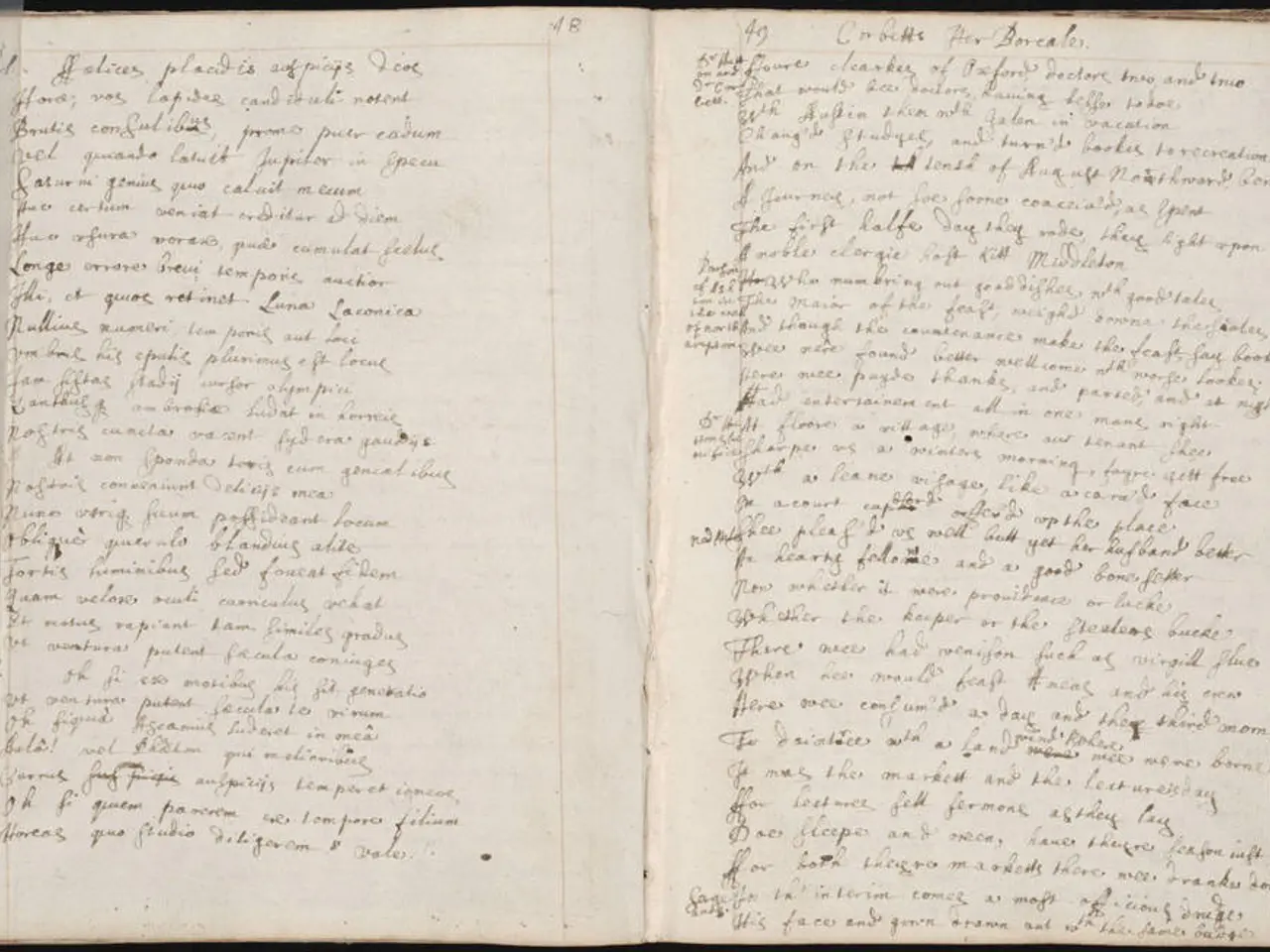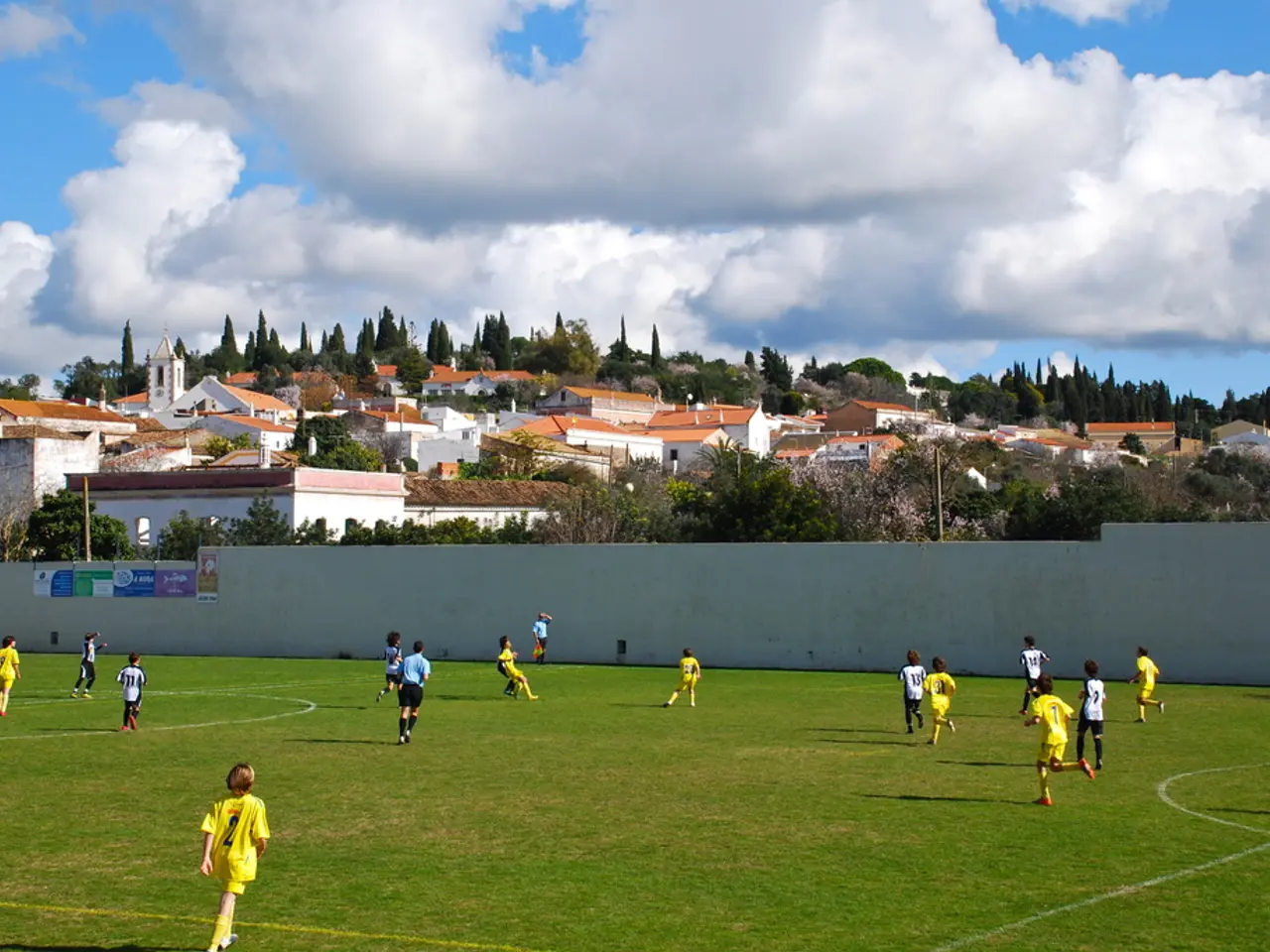Scientific Theorization: Lee Cronin Discusses Cellular Automata and Complexity
In a groundbreaking development, renowned physicist Lee Cronin has proposed a new conceptual framework called Assembly Theory. This theory aims to explain how complexity and life emerge in the universe, suggesting that they arise from the process of selection, much like gravity or other fundamental forces.
### Key Aspects of Assembly Theory
The theory emphasises that selection drives the formation of complex matter and life by favouring structures that persist and replicate in dynamic environments. This process occurs even before biology, in the realm of chemistry and physics, where matter transitions from disordered to ordered states.
Another crucial aspect of Assembly Theory is the concept of combinatorial novelty. The universe's ability to create diverse and complex structures is fundamental to the emergence of life and complex systems. This is because selection pressures lead to the creation and persistence of complex, ordered structures that can evolve and adapt.
### Relation to Time and the Universe
Assembly Theory frames time as a critical factor in the accumulation of complexity. The longer a system is subject to selection pressures, the more complex structures it can develop. This perspective views time as a facilitator of the emergence of complex life forms through the gradual accumulation of information and the persistence of complex structures.
The theory implies that the processes driving complexity are universal and can apply anywhere in the universe where conditions allow for selection to operate. This suggests that the production of combinatorial novelty is not unique to Earth but could occur in other environments with similar conditions, potentially leading to diverse forms of life.
### Implications for the Universe
Assembly Theory challenges traditional views of life and how we search for it. By focusing on chemical complexity rather than Earth-like biosignatures, it offers a broader perspective for identifying life in the universe. This could lead to new methods for detecting life forms that might not resemble those on Earth.
The theory supports the possibility of non-carbon-based life forms and redefines the origin of life as a natural consequence of matter interacting under selection pressures. This perspective suggests that life could arise in various forms throughout the universe, not limited by our current understanding of biological systems.
Moreover, the theory implies that the universe is too big to contain itself, and the universe is not large enough to contain the future, implying that time is fundamental. The belief in free will logically implies that time is fundamental as well.
In conclusion, Assembly Theory offers a fresh perspective on the universe's complexity and the emergence of life. By focusing on selection and combinatorial novelty, it provides a new lens through which to view the universe and our place within it. As research continues, we may uncover even more insights about the universe and the intricate processes that govern its evolution.
The Assembly Theory, proposed by Lee Cronin, suggests that medical-conditions and complex life, including those not based on carbon, could arise from the universal processes of selection and combinatorial novelty even before biology, rooted in the realms of chemistry and physics. This theory also proposes that technology, particularly advanced detection methods, could help us identify these forms of life beyond Earth, beyond the confines of our traditional understanding of Earth-like biosignatures.




